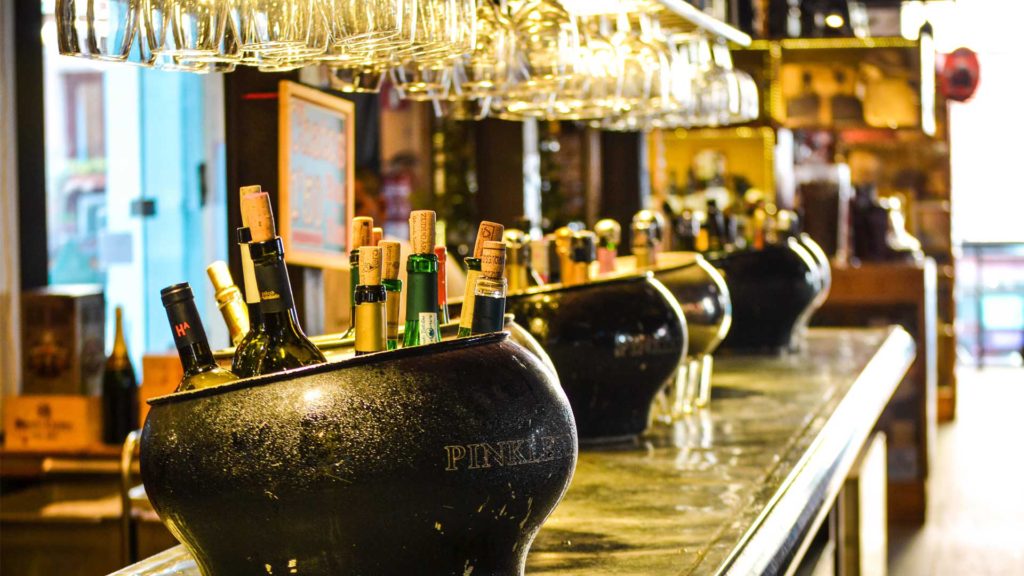If the world is headed for a double-dip recession, champagne drinkers are either oblivious to the threat or partying like there is no tomorrow until all comes crashing down.
Trade body Comite interprofessionnel du vin de Champagne (CIVC) has reported that global champagne sales volumes jumped nearly 40 per cent in the first half of this year. The CIVC said this growth was on top of robust sales of the French specialty in the first quarter.
The industry group said 47.1 million bottles of champagne had been exported in the six-months, with shipments to European Union and non-EU countries increasing by 27.3 per cent and 60.6 per cent respectively.
A breakdown of the figures showing shipments to individual countries was not yet available, but experts said the stronger US dollar and British pound in relation to the euro had helped drive consumption of bubbly in those two key markets.
A CIVC spokesman said while it was premature to talk of a lasting recovery being under way, the champagne industry was clearly in much better shape than it was a year ago with destocking now at an end and replenishment of stocks begun.
Champagne sales around the world sank during the global financial crisis as consumers chose less conspicuous and pricey alcoholic drinks in which to drown their sorrows.
Moet Hennessy Australia, part of the French luxury goods group LVMH, said recently it was optimistic about local champagne sales during the spring racing carnival and the crucial Christmas trading period.
Its popular Moet & Chandon brand, the biggest-selling champagne brand in Australia, has been driving 10 per cent-plus sales growth in the business for the year to date.
Australians are among the top 10 drinkers of champagne in the world, with just under 3 million bottles emptied last year.
Brisbane Times


